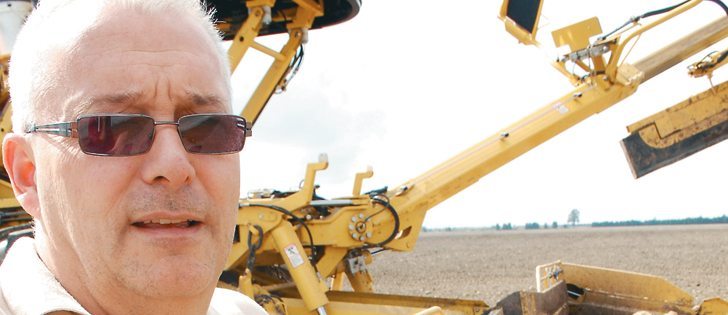Researchers at Kansas State University have found no difference between cattle raised in organic, natural and conventional systems when it comes to the prevalence of E. coli bacteria.
In a study published in the August issue of Applied and Environmental Microbiology, T.G. Nagaraja and his team at Kansas State looked at the two main niche markets of cattle production, organic and natural, to determine how those systems affect the occurrence of E. coli.
After two summers of study, they concluded that E. coli occurs just as often in organic and naturally raised cattle.
Read Also

University of Saskatchewan experts helping ‘herders’ in Mongolia
The Canadian government and the University of Saskatchewan are part of a $10 million project trying to help Mongolian farmers modernize their practices.
“The presence of E. coli 157 in these production systems is really no different than conventional production systems,” said Nagaraja, a professor of microbiology in the department of veterinary medicine at Kansas State.
He initiated the study primarily because of a lack of research on food borne pathogens in alternative systems for beef cattle.
“There is absolutely no published information on the prevalence of
E. coli 157 in the cattle raised in those conditions, organic or natural,” he said.
Nagaraja and his team found that E. coli bacteria was present in 14.8 percent of the feces of organic cattle and in 14.2 percent of the feces of naturally raised cattle. The numbers are similar to a previous study on conventionally raised cattle.
The results were not surprising, Nagaraja said, in part because of the diet of natural and organic cattle.
Those animals feed primarily on forage, which might promote a persistence of E. coli bacteria in the gut.
Nagaraja and his colleagues also wanted to determine if the E. coli bacteria were more resistant to antibiotics, in any of the three systems.
There was no distinct resistance pattern but they did find that it took a slightly higher concentration of antibiotics to kill E. coli bacteria from alternative systems.
Such a result is not unusual, said Denis Krause, an animal science professor at the University of Manitoba.
Krause acknowledged that organic farmers have to manage the health of their herd more intensively, which is a good thing.
But when animals in organic systems get sick, they become very ill and require a higher dosage of antibiotics.
To illustrate his point, Krause mentioned that Scandinavian countries don’t use sub-therapeutic levels of antibiotics in feed, especially for nursery pigs.
“The reason for that was to try to reduce antibiotic resistance in human clinical medicine,” said Krause, who specializes in rumen micro-organisms. But the decision has had consequences.
“When they (farmers) have a therapeutic or clinical situation… they have to use therapeutic levels of antibiotics… because if animals are really sick, you have to do something,” he said.
“If they look at the inventory of antibiotics that have been used, what they find is that they (organic producers) are actually using more antibiotics than they used before.”
Antibiotics aside, Nagaraja said the message from his study is simple.
“There is a perception that natural or organic cattle are safer… But what I would say, with regard to food borne pathogens, is that may not be the case. The risk of a carcass getting contaminated in the slaughter plant is similar in organic and natural, compared to conventional.”
The study did not address other factors farmers might cite for raising cattle in alternative systems, such as perceived environmental benefits and animal welfare considerations.















